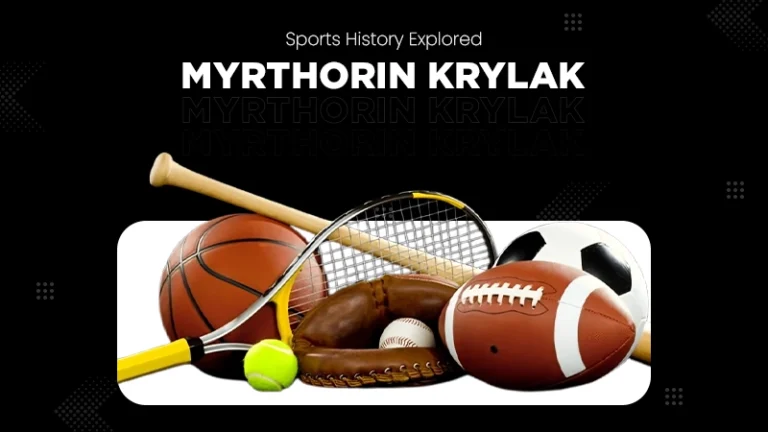Lifting operations are some of the most critical moments in the handling of a pressure vessel. Whether moving a vessel out of the fabrication shop, loading it for transport, or installing it on site, the entire weight is often carried by a set of lifting lugs. These components, though relatively small compared to the vessel, must withstand high localized stresses. A failure at this stage can have severe safety and financial consequences, which is why lug verification is an essential step in pressure vessel calculations.
Why Lug Verification Matters
During a lift, forces are introduced into the lug through the pin and transferred into the vessel shell. The geometry of the lug, the hole size, and the weld details all influence its strength. Without proper verification, the lug could tear, shear, or deform, potentially dropping the vessel. Industry codes recognize this risk, and over the years, two main approaches have emerged for evaluating the resisting capacity of lifting lugs. There are two modes of lug verification:
Tension-Based Failure (DIN Approach)
The DIN methodology considers that the primary risk is tensile stress on the sides of the lug hole. The simplified effective area resisting the load is expressed as: A= (2R−d) t
Where R is the minimum inscribed radius of the lug, d the hole diameter, and t the thickness. Both sides of the hole are assumed to contribute to reinforcement. This approach is widely adopted in Europe and provides a straightforward, conservative check.
Shear-Based Failure (Moss Approach)
Denis R. Moss, in his design practice, interprets the potential failure as shear across the sides of the hole. The initial shear area is taken as: A = 2 R t, since both edges (as depicted) contribute to lug reinforcement.
To stay on the safe side, the support line is reduced by half the hole diameter on each side, leading to the same simplified form: A = (2R − 2 d /2) / t = (2R-d) t. Although the interpretation differs – shear versus tension – the final design criterion is identical to the DIN approach.
Software Support
Modern engineering software, such as VCLAVIS, integrates both methods into its calculation modules. This flexibility allows engineers to select the verification mode aligned with their training or company standards. Whether a designer prefers the DIN tension-based model or Moss’s shear interpretation, the software ensures consistent results and reliable safety margins.
Conclusion
Lifting lugs may be small components, but their role in the safe handling of a static equipment is vital. Two schools of thought exist – tension based (DIN) and shear based (Moss) – yet both converge on the same design expression. With specialized software supporting both methods, engineers can design confidently, knowing that their vessels can be lifted safely and efficiently.





